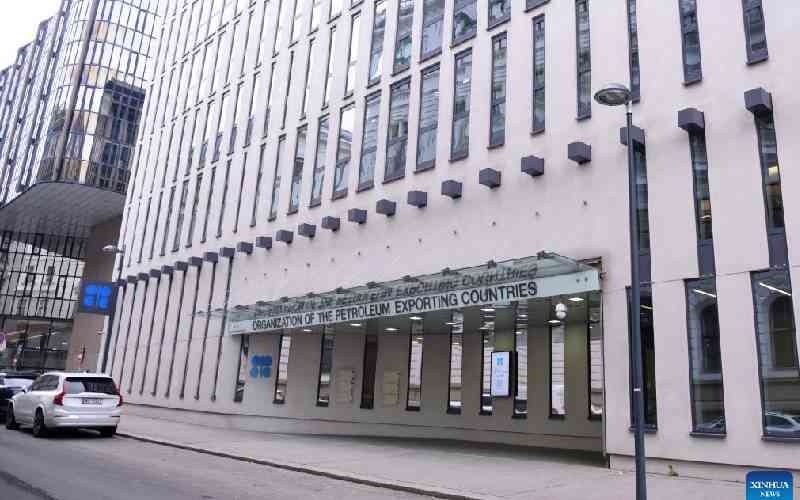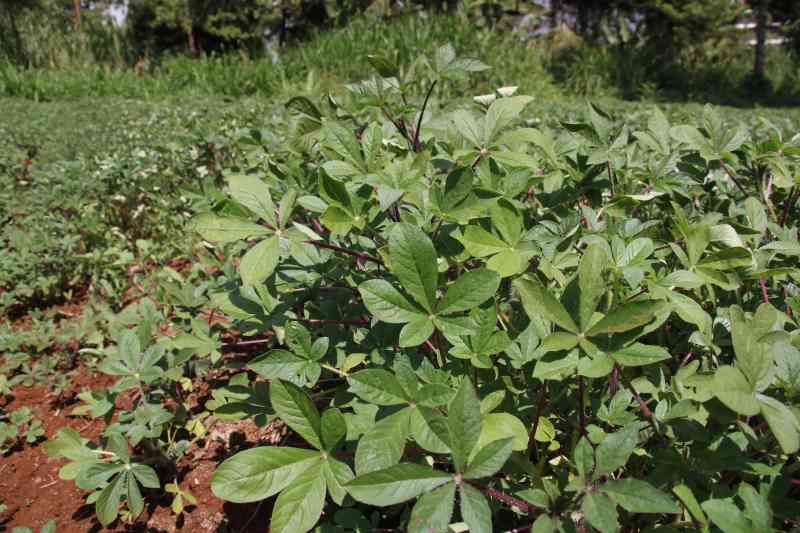Kenyans should brace themselves for tough times as prices of key consumer goods are expected to rise due to poor rains.
According to economists at Stanbic Bank, the weather will be the most crucial factor in 2017, spiralling inflation and undermining agriculture, which contributes a sizable chunk to the GDP.
Kenya’s growth figure for the third quarter of last year shrunk to 5.7 per cent, down from six per cent in 2015 as growth of the agriculture, forestry and fishing sector slowed to 3.9 per cent compared to a growth of 5.5.
“We expect inflation to rise up to April on account of food inflation because of the poor rains, we forecast that if the long rains come in time they will ease the pressure up to August,” Stanbic Regional Economist Jibran Qureishi said.
Qureishi said Kenya should invest in irrigation and water-harvesting devices to contain weather induced pressures that have consistently dogged the economy.
Stanbic economists have reversed their 2017 growth projection downwards from 5.8 per cent to 5.4 per cent, a relatively optimistic range since the current growth is supported by Government spending on infrastructure.
The economy may also suffer from election noise, which will lead to reduced investments as well as shrinking tourist numbers. Stanbic says they do not project steep rise in oil prices which can load on imported inflation, since the current rally will encourage production of shale oil from the United States, offsetting any gains from the negotiated cut by the Organisation of the Petroleum Exporting Countries (OPEC).
“As prices recover, western banks will be willing to give more credit to shale oil companies, who will increase production. It will also be tricky to monitor and implement the OPEC cuts since higher returns will be an incentive for the small members like Venezuela and Nigeria to produce more,” Mr Qureishi said. A strong dollar also poses a risk to Kenya’s economy, especially over the recent weakening of the shilling.
Stanbic CEO Philip Odera said the slide that has seen the shilling trade at Sh103.8 against the dollar is a function of importers building up stocks, large oil imports and dividend payments as well as post-Donald Trump gain on promise of tax cuts and infrastructure spending. “This disconnect between supply and demand is very normal during this time of the year, we have seen some statements that border on irresponsible commentary,” Odera said.
Qureishi said the shilling had actually outperformed its peers losing ground by only 2 per cent since late last year compared to Uganda, which has ceded 6.5 per cent to the bullish greenback.
Stanbic says that a look at historical data shows that the dollar rally is similar to Ronald Regan’s election but will calm down especially if President elect Trump does not push the tax cuts and infrastructure spending through congress.
 The Standard Group Plc is a
multi-media organization with investments in media platforms spanning newspaper
print operations, television, radio broadcasting, digital and online services. The
Standard Group is recognized as a leading multi-media house in Kenya with a key
influence in matters of national and international interest.
The Standard Group Plc is a
multi-media organization with investments in media platforms spanning newspaper
print operations, television, radio broadcasting, digital and online services. The
Standard Group is recognized as a leading multi-media house in Kenya with a key
influence in matters of national and international interest.
 The Standard Group Plc is a
multi-media organization with investments in media platforms spanning newspaper
print operations, television, radio broadcasting, digital and online services. The
Standard Group is recognized as a leading multi-media house in Kenya with a key
influence in matters of national and international interest.
The Standard Group Plc is a
multi-media organization with investments in media platforms spanning newspaper
print operations, television, radio broadcasting, digital and online services. The
Standard Group is recognized as a leading multi-media house in Kenya with a key
influence in matters of national and international interest.










